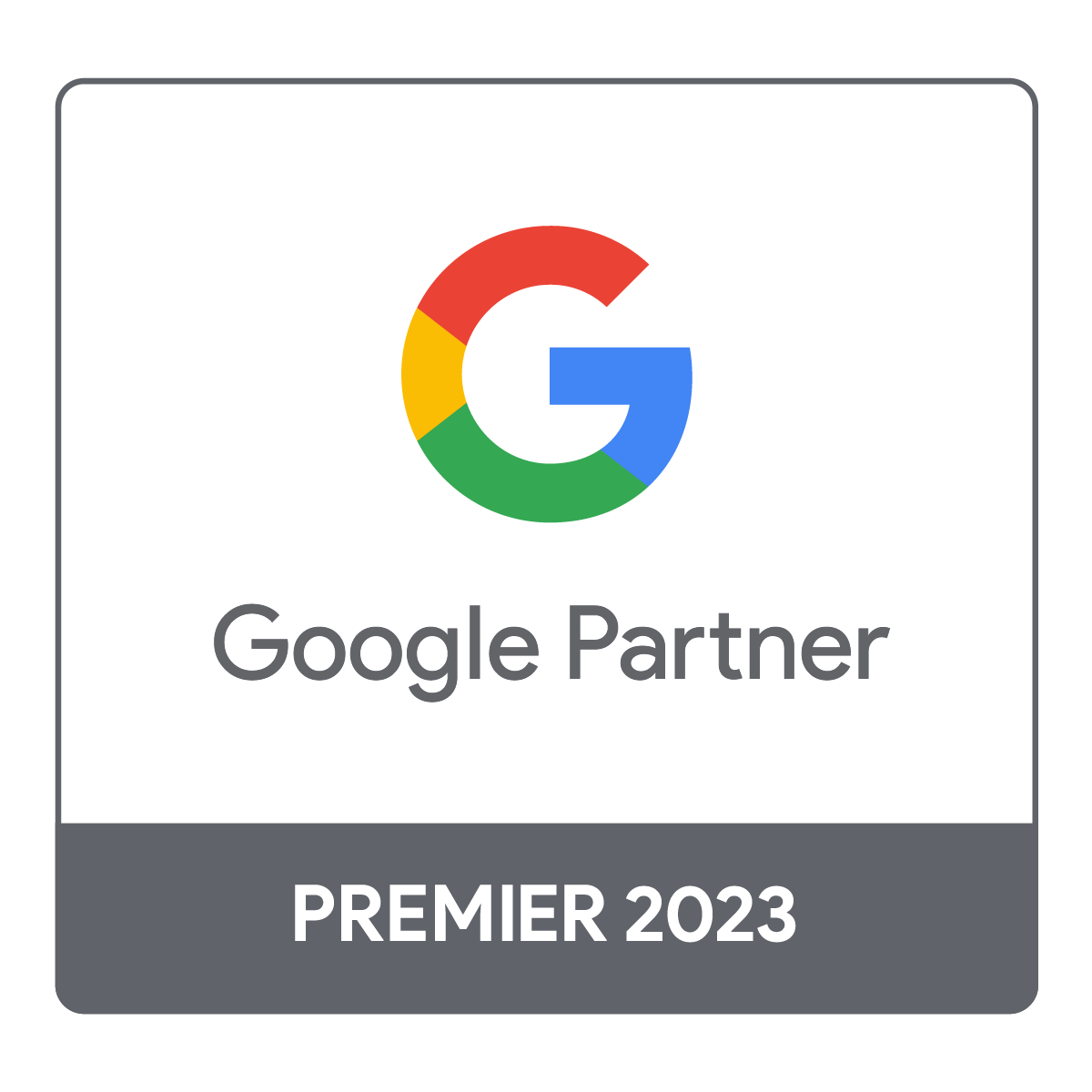How can you use Facebook Advertising for optimal results?
With so many new Facebook advertising formats rolling all the and overall engagement rates dropping some brands argue that the importance of Facebook is decreasing. However, increasing platform complexity and changing user behaviors really mean that brands have to up their game to win the war for consumers’ eyeballs!
There are many ways to do advertise on Facebook, including promoting an entire page or a post on your page. You can also drive users to your website, optimize for e-commerce conversions, or even retail store visits. Nothing is really impossible, the trick is to make things work – in a cost effective way. Here are some tips on how to get there:
1. Target the Right Audience
Finding the right audience is always the first key to success. The more relevant your business is to your target audience, the cheaper the cost is for you to reach and acquire them. Some people may start targeting their audience simply based on their Facebook interests. Yet Facebook’s predefined interests functions are not completely accurate. They may only be a reference to what you browse on Facebook or have interacted with, but this may not solely reflect audiences’ real “interests”. Therefore “interest targeting” is not something we at First Page would actually recommend that often. What works better? We at First Page recommend you target 4 types of audiences:
- Lookalike Audiences: This is typically how we start. Lookalike audience can be built on events such as e-commerce checkout, homepage visit and so on. Lookalike are algorithmic defined audiences that help you reach 1 to 10% of those “people on Facebook in your selected country who are most similar to your source audience”. Lookalike audience targeting is a great way to start a campaign with a scalable audience size and typically more cost effective than interest based targeting.
- Video view audiences: This enables you to leverage the power of “the funnel”: serve a video to a broad audience and then retarget those viewers who have watched, for instance, more than 25% of your video. Not skipping your video is an intent signal and those viewers are potentially interested in your products or services.
- Customer list based audiences: If you have an extensive list of email subscribers, uploading that list to Facebook and targeting based on their email address can work really well.
- Website audiences: Retarget people who have visited your website in the past. They have some level of awareness and you can exclude those who have already purchased (or “converted”) and focus entirely on those who have not yet pulled the trigger.
Which audience targeting works for your business largely depends on the size of your target audience and also the budget you have available. Remarketing to people who have visited your website can work well, but only if you have enough traffic.
2. Use Different Types of Facebook and Instagram Ads for Different Audiences
Facebook and Instagram provide many ad formats, such as single image, video, carousel and collection ads. There is no one format that is more effective than others, it all depends on what your objective is. If you aim to drive more conversions, a single image ad (a link ad) or a carousel ad can work well. If you want to reach more people or find high-quality audiences, a video ad or an Instagram Story ad can be effective.
Video ads or Instagram Stories are often a great way to reach users who have not yet heard of your brand. Once they have seen your video ads and/or been to your website you can retarget them with different ads to serve them more complex messages and nurture them down the funnel (such as carousel ads).
Pro Tip: If your Facebook marketing strategy still focuses on “boosting posts” that are shared on your Facebook page consider stopping that altogether. With this approach it’s hard to funnel audiences and to drive leads or sales. Speak to us to learn how to use your advertising budget more effectively!
3. Reach the Right users, With Highly Relevant Messages
Different target users are most likely in different stages of their decision making journey. Some may be new to your brand, while some may already have a certain level of interest in your brand. Understanding what the pain-points at different stages are and how to most effectively get your message across is critical. This is where what we at First Page refer to as ‘audience funneling’ comes into play: Serving different people different ads depending on where they are in their decision making journey. Users who are not yet aware of your brand may have a more general problem in mind:
- Where shall I go for vacations?
- How can I get back in shape?
- What can I do about dry skin?
Thus the ads you initially serve them need to focus more on solving those problems and then present your brand as a possible solution. Often time video or Instagram Story ads can work well here. As potential customers become more familiar with your brand you can start focusing more on the selling points of your specific product and also start leveraging incentives such as discounts, limited quantity offers or bundles to encourage them to act. At this stage, you can then use other ad formats, such as Facebook Carousel ads.
4. Run A/B tests to See What Works Best
At First Page we firmly believe in the power of data to make better decisions for our clients. Within Facebook and Instagram so-called ‘split tests’ can be setup to help advertisers understand which ad creative work better. You can do experiments including, but not limited to: testing targeting different audiences, ad copy, and imagery. With testing, you can see what works better and thus generate more insight into creating better assets.
Pro Tip: Do not try to test things that are very minor, such as swapping one word in your ad copy. Unless you spend significant money on your ad it may take a long time to reach statistically significant results. It is often more practical to test different messaging hypotheses (i.e. “Free shipping” vs “Unlimited” warranty”), or to test different types of ad formats or different target audiences.
5. Set up Effective Tracking and Reporting
Accurate tracking is critical to drawing the right conclusions. On Facebook and Instagram tracking starts by installing the “Facebook pixel”. Having a detailed pixel setup on your website is a must to drive results. It is essentially the only way to leverage Facebook’s advanced machine learning algorithms to improve the performance of your Facebook and Instagram advertising over time.
For example, if a user clicks on your ad, then visits your website but does not convert, via the Facebook pixel, Facebook’s algorithm can track this behavior and thereby allow you to retarget those same users with other ads later on. That lapsed visitor has a higher probability of converting at a later stage than someone who has never heard of your brand.
Time to Grow Your Business via Facebook and Instagram Ads
This article highlights some of the key factors to turn your Facebook and Instagram ads into a growth engine for your business. To discover more handy tips on using Facebook Ads, check out our previous blog, 5 Simple Tips for How to Use Facebook Ads. If you have further questions on this or want to learn more about how First Page can help you, please do not hesitate to reach out to us for a free consultation!












